You searched for: 活期理财系统源码定制开发【TG���������@EK7676】平台包网搭建活期理财系统源码定制开发【TG���������@EK7676】平台包网搭建6OiaMa97yf
<< Previous | Displaying results 101-125 of 267 for "活期理财系统源码定制开发【TG���������@EK7676】平台包网搭建活期理财系统源码定制开发【TG���������@EK7676】平台包网搭建6OiaMa97yf" | Next >>
-
Frank Bleichman
ArticleLearn more about Frank Bleichman, a Polish partisan who resisted and fought against the Nazis during World War II.
-
Holocaust Deniers and Public Misinformation
ArticleLearn more about Holocaust deniers, public misinformation, and antisemitism.
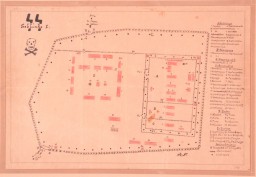
-
Western Desert Campaign: Egypt and Libya
ArticleLearn more about the Western Desert campaign during World War II in Egypt and Libya between 1940-1943.

-
World War II in the Pacific
ArticleThe United States declared war on Japan on December 8, 1941, following the attack on Pearl Harbor. Learn more about World War II in the Pacific.
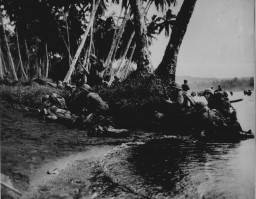
-
German Railways and the Holocaust
ArticleThe European rail network played a crucial role in the implementation of the Final Solution. Millions were deported by rail to killing centers and other sites.
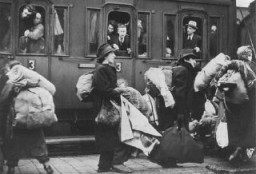
-
Plight of Jewish Children
ArticleDuring the Holocaust, some children went into hiding to escape Nazi persecution. They faced constant fear, dilemmas, and danger.
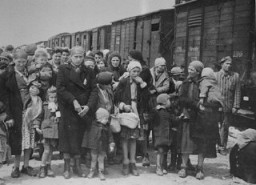
-
The United States Army Signal Corps
ArticleThe US Army Signal Corps had a crucial role in documenting—in both film and photographs—the atrocities perpetrated during the Holocaust.
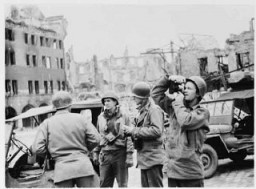
-
Voyage of the St. Louis
ArticleThe voyage of the St. Louis, a German ocean liner, dramatically highlights the difficulties faced by many people trying to escape Nazi terror. Learn more.
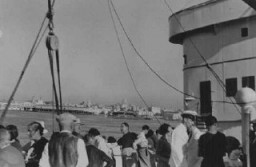
-
Subsequent Nuremberg Proceedings, Case #11: The Ministries Case
ArticleThe Ministries Case was Case #11 of 12 Subsequent Nuremberg Proceedings against leading German industrialists, military figures, SS perpetrators, and others.
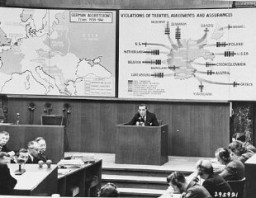
-
The 101st Airborne Division during World War II
ArticleThe 101st Airborne participated in major WWII campaigns and is recognized for liberating the Kaufering subcamp of Dachau in 1945.
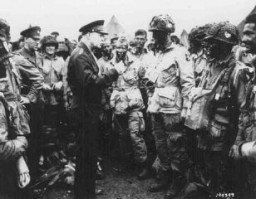
-
The 8th Infantry Division during World War II
ArticleThe 8th Infantry Division participated in major WWII campaigns and is recognized for liberating the Wöbbelin subcamp of Neuengamme in 1945.
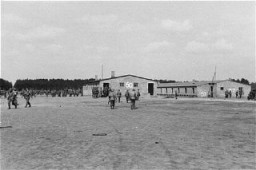
-
The 63rd Infantry Division during World War II
ArticleThe 63rd Infantry Division participated in major WWII campaigns and is recognized for liberating several of the Kaufering subcamps of Dachau in 1945.
-
The 80th Infantry Division during World War II
ArticleThe 80th Infantry Division participated in major WWII campaigns and is recognized for liberating Buchenwald and the Ebensee subcamp of Mauthausen in 1945.
-
The 83rd Infantry Division during World War II
ArticleThe 83rd Infantry Division participated in major WWII campaigns and is recognized for liberating the Langenstein subcamp of Buchenwald in 1945.
-
The 90th Infantry Division during World War II
ArticleThe 90th Infantry Division participated in major WWII campaigns and is recognized for liberating the Flossenbürg concentration camp in 1945.
-
The 82nd Airborne Division during World War II
ArticleThe 82nd Airborne Division participated in major WWII campaigns and is recognized for liberating the Wöbbelin subcamp of Neuengamme in 1945.
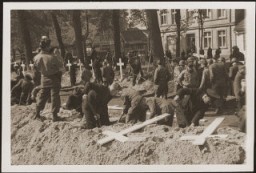
-
World War II: In Depth
ArticleGermany started World War II in Europe on September 1, 1939, by invading Poland. War would continue until 1945. Learn more about key events in the history of WWII.
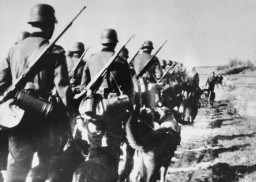
-
Börgermoor Camp
ArticleBörgermoor was part of the Nazi regime’s early system of concentration camps. It was located in the Emsland region of Prussia.
-
World War I and its Aftermath: Key Dates
ArticleExplore a timeline of key events in the history of World War I and its aftermath. Learn about the conflict and its divisive peace.

-
Freiberg
ArticleLearn about the Freiburg subcamp of Flossenbürg, including its establishment, prisoner population, and conditions there.
-
Martin Niemöller: Biography
ArticleProtestant pastor Martin Niemöller emerged as an opponent of Adolf Hitler and was imprisoned in camps for 7 years. Learn about the complexities surrounding his beliefs.
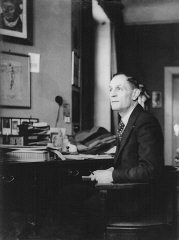
-
Incitement to Genocide in International Law
ArticleAfter the Holocaust, the IMT charged the first case of “incitement to genocide.” Learn more about the crime and its application in modern genocide law.
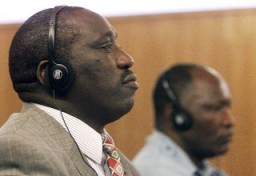
-
The Holocaust in Macedonia: Deportation of Monastir Jewry
ArticleIn March 1943, Bulgarian authorities transported the entire Jewish community of Monastir to a transit camp from which they were deported to Treblinka.
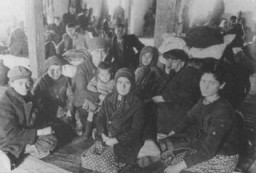
-
1941: Key Dates
ArticleExplore a timeline of key events during 1941 in the history of Nazi Germany, World War II, and the Holocaust.
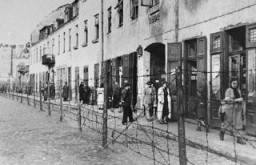
-
1943: Key Dates
ArticleExplore a timeline of key events during 1943 in the history of Nazi Germany, World War II, and the Holocaust.

